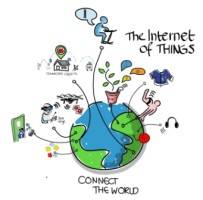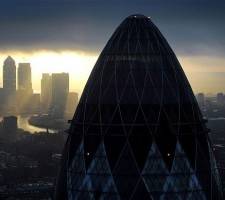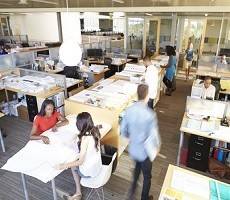March 22, 2015
March 20th issue of Insight is now available to view online
 In this week’s issue; we highlight six key workplace related issues from this week’s Budget announcement; Alan Williams tells a little tale of how facilities management might bring an organisation’s value to life; Colin Watson considers what our colonisation of tall and floating buildings tells us about how we work; office workers gripe about the problems they experience with the technology that is supposed to help them; Manchester and Edinburgh emerge as the UK’s most dynamic regional property markets; employee benefits policies fail to reflect the needs of family life; and the UK is missing out on a chance to harness the commercial nous and experience of the over 50s. Sign up to the newsletter via the subscription form in the right hand sidebar and follow us on Twitter and join our LinkedIn Group to discuss these and other stories.
In this week’s issue; we highlight six key workplace related issues from this week’s Budget announcement; Alan Williams tells a little tale of how facilities management might bring an organisation’s value to life; Colin Watson considers what our colonisation of tall and floating buildings tells us about how we work; office workers gripe about the problems they experience with the technology that is supposed to help them; Manchester and Edinburgh emerge as the UK’s most dynamic regional property markets; employee benefits policies fail to reflect the needs of family life; and the UK is missing out on a chance to harness the commercial nous and experience of the over 50s. Sign up to the newsletter via the subscription form in the right hand sidebar and follow us on Twitter and join our LinkedIn Group to discuss these and other stories.






















March 11, 2015
How a big, stupid idea can be more attractive than a small, effective one
by Mark Eltringham • Architecture, Comment, Property
We’re going to be hearing a lot of big ideas over the next few weeks. Politicians will be sharing their ‘visions’ with us and letting us know exactly how ‘passionate’ they are about them and anything else Twitter tells them we care about. It’s going to be boring and infuriating, but we only have ourselves to blame. We fret when politicians don’t give us a handy label on which we can rest our hopes or lay the blame, depending on whether we agree with whatever the big idea is or not. Of course, David Cameron’s vision of choice when he became Prime Minister in 2010 was The Big Society. I won’t get into the rights and wrongs of that but I think we can all agree that The Big Society has been kicked unceremoniously into The Long Grass and we won’t be hearing much about it in the build up to this year’s General Election. Nor will we be hearing much about another of David Cameron’s pet projects even though that has actually gone on to be something of a success.
(more…)